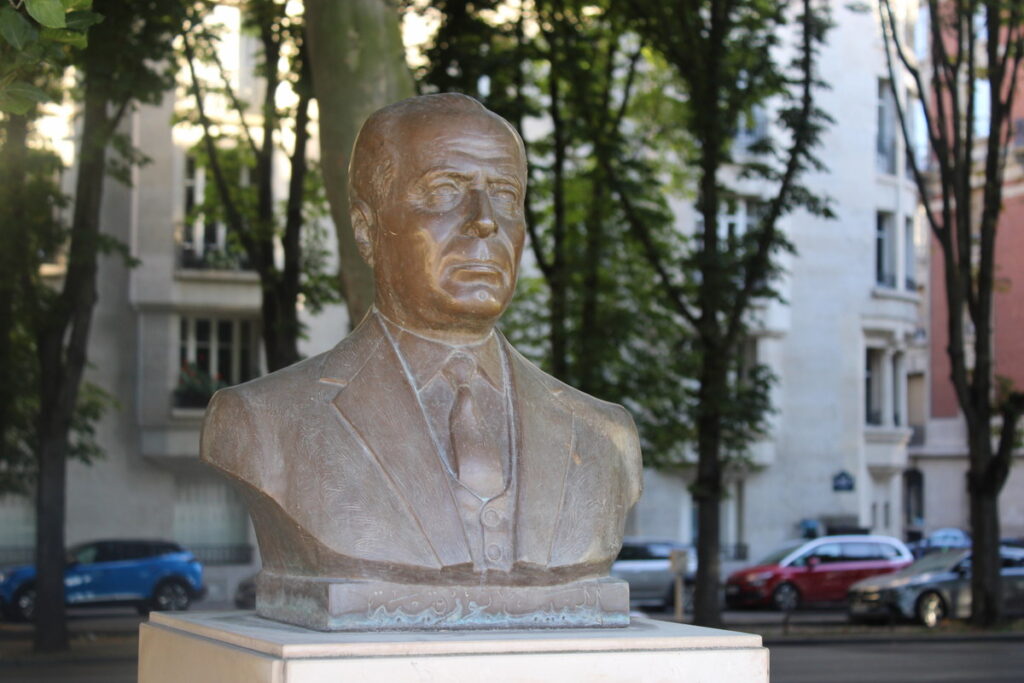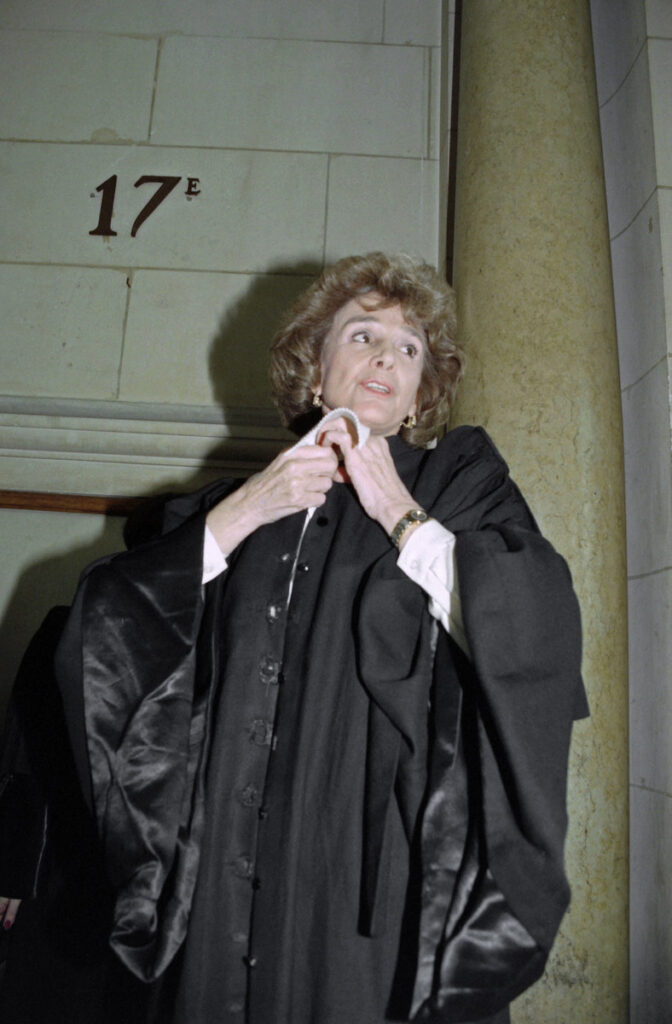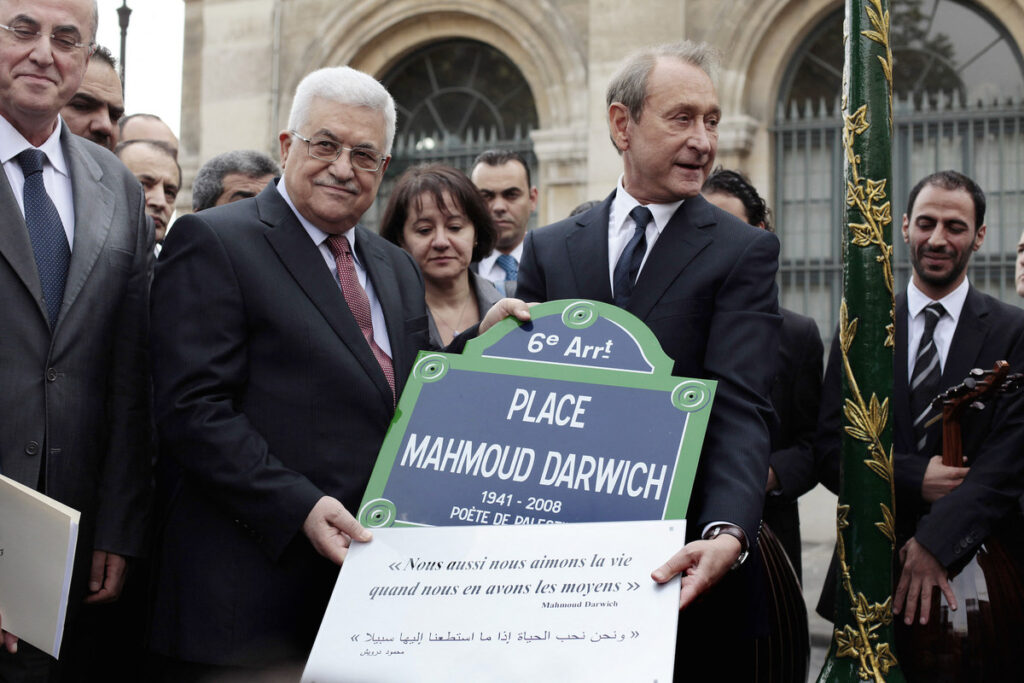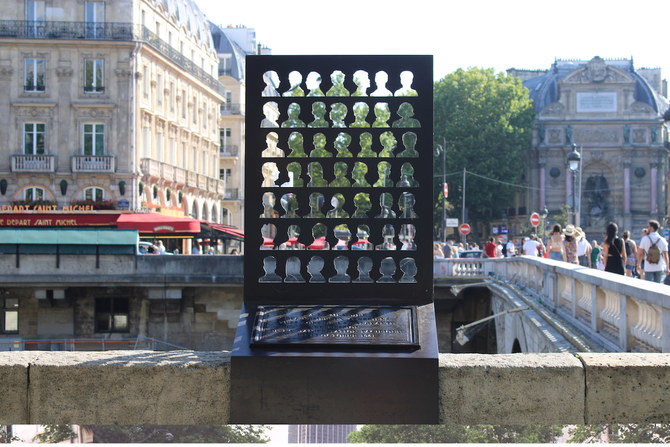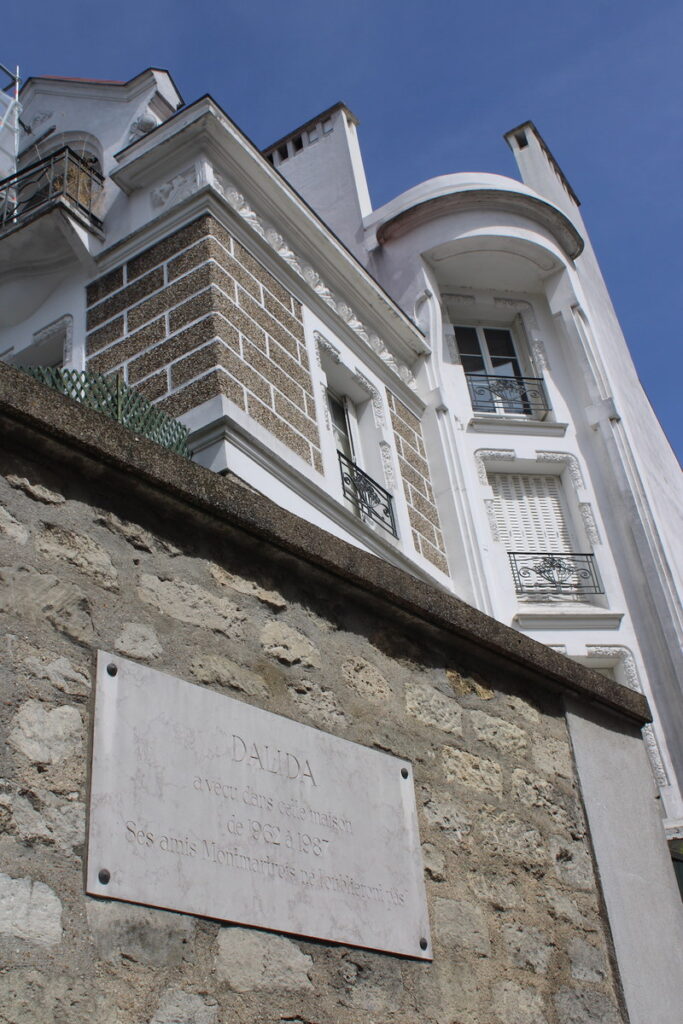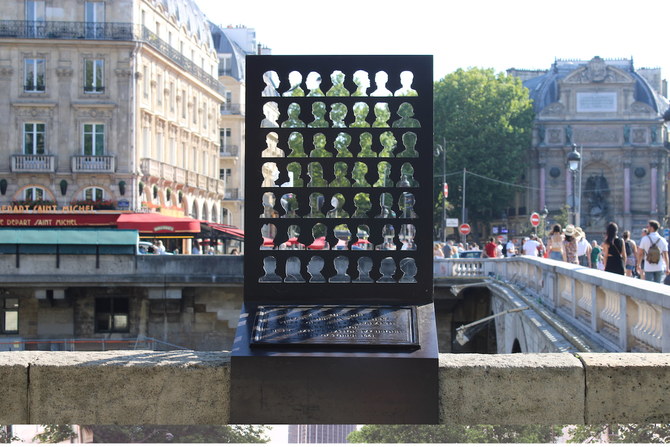Federal University of Sergipe (UFS), São Cristóvão (SE), Brazil, 22-24 August 2023
The Arab diaspora living in Latin America and the Caribbean currently has more than 20 million people.
Most are descendants of immigrants who travelled from the Middle East to the region in the 19th century. Considering its contribution to the multicultural character of the area, UNESCO created the 2022 Arab Latinos! meeting. This year, it is the 1st International Conference. The event will be held at the Federal University of Sergipe (UFS) from 22 to 24 August 2023. It has been organized in partnership with the Centro Internacional de Estudos Árabes e Islâmicos (CEAI) in São Cristóvão (SE). It is the location of São Francisco Square, a World Cultural Heritage Site inscribed by UNESCO in the World Heritage List in 2010.
The conference will address migration and displacement; memory, territory, and cultural rights; literary and artistic exchanges; and youth. The event will also feature the launch of the Arab-Latin Youth Network! (Arab Latinos! Youth Network) which will bring together young people from Arab countries and Latin America to build new opportunities for cross-regional collaboration. Among the participants are Brazilian singer Martinho da Vila, Palestinian filmmaker Kamal Aljafari and writer Ana Maria Gonçalves.
Arab culture has made important contributions to Latin America and the Caribbean. In Brazil, Arab culture’s presence is felt in music, science, cooking, and many other areas. The recently launched program ‘Arab Latinos!’, by UNESCO, aims to map these connections between our cultures, and we hope that the meeting in Sergipe will be an important step further to deepen this view from a scientific and academic perspective.
Marlova Jovchelovitch NoletoDirector and Representative of UNESCO in Brazil
The international meeting seeks to present and discuss how migratory movements within and between Arab States, Latin America, and the Caribbean have created and continue to create different solidarity strategies, promoting mutual understanding and advancing human rights and dignity.
The scientific coordinator of the “Arab Latinos!” initiative, Professor Geraldo Campos, highlights the importance of holding this 1st International Conference in Sergipe.
The theme of the conference, migrations, and solidarity is a vital contemporary issue and highlights the potential of the Initiative’s dialogues with the different sectors of Brazilian society.
Professor Geraldo CamposScientific Coordinator of the “Arab Latinos!” initiative
The Arab Latinos initiative! It was launched in Brazil in August 2022, resulting from a meeting between 15 specialists from five countries in Latin America and the Caribbean (Argentina, Brazil, Chile, Colombia, and Mexico), selected by UNESCO, who developed a 5-year Action Plan (2023-2027), available in English, Spanish, Portuguese, and Arabic. The “Scope Review” of the project was also launched on the occasion, a document that presents an overview of the contemporary flows of scientific and cultural collaborations between the regions.
In May of this year, during the 216th Session of the Executive Council, UNESCO Member States adopted a decision to support and contribute to “Arab Latinos!”. The decision, co-sponsored by more than 30 Member States, recognizes this initiative’s importance in promoting South-South cooperation and strengthening cultural diversity and solidarity practices.
The 1st Arab Latinos! International Conference, sponsored by the Sultan Bin Abdulaziz Al-Saud Foundation, Câmara de Comércio Árabe-Brasileira, the Federação das Associações Muçulmanas do Brasil (FAMBRAS), the Fundação de Amparo à Pesquisa do Estado do Rio de Janeiro and the Federal University of Sergipe, will count on the participation of high-level representatives of Arab countries, Latin America and the Caribbean, representatives of the United Nations, as well as internationally renowned intellectuals, writers, civil society, artists, researchers and young scholars.
The Event’s Agenda
AUGUST 22, 2023
3:30 pm – 5:00 pm:
Meeting: UNESCO in the Territory (Exchange with local actors, government/civil society)
19:00 – 20:00:
Official opening of the Conference (Federal University of Sergipe)
20:00 – 21:00:
Arab-Nordeste Concert
AUGUST 23, 2023
9:30 – 11:30:
Panel 1: Arab-Latinos!: migrations and displacements
(Didactic Auditorium 7 – Federal University of Sergipe)
2:30 pm – 4:15 pm:
Arab-Latin Workshops!
Workshop 1: The Arab presence in Brazilian music
Workshop 2: Arab-Latin Cinema
Workshop 3: Arabic-Latin Literature
5:30 pm – 6:30 pm:
Intercultural Memories: Dialogue with Martinho da Vila
19:15-19:30
Cultural activity: The Bacamarteiros of Aguada
19:30 – 20:30:
Ceremony awarding the title of Doctor Honoris Causa to Martinho da Vila
(Didactic Auditorium 7)
20:30 – 21:00:
Cultural Activities
AUGUST 24, 2023
2:30 pm – 4:30 pm:
Panel 3: Memory, Territory and Cultural Rights
(Didactic Auditorium 7)
17:00 – 19:00:
Arab Latinos! closing panel with Ana Maria Gonçalves
19:30 – 20:00:
Closing of the Conference – Outcomes and Next Steps
20:00 – 20:20:
Performance of Parafusos de Lagarto Group
source/content: unesco.org (headline edited)
__________

_________________
ARAB LATINO
